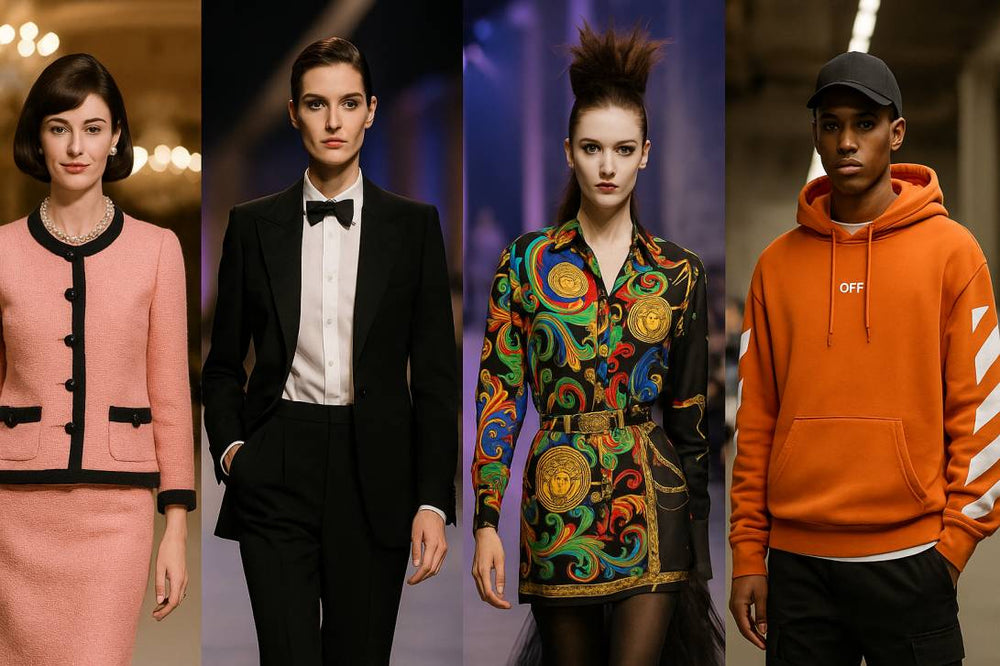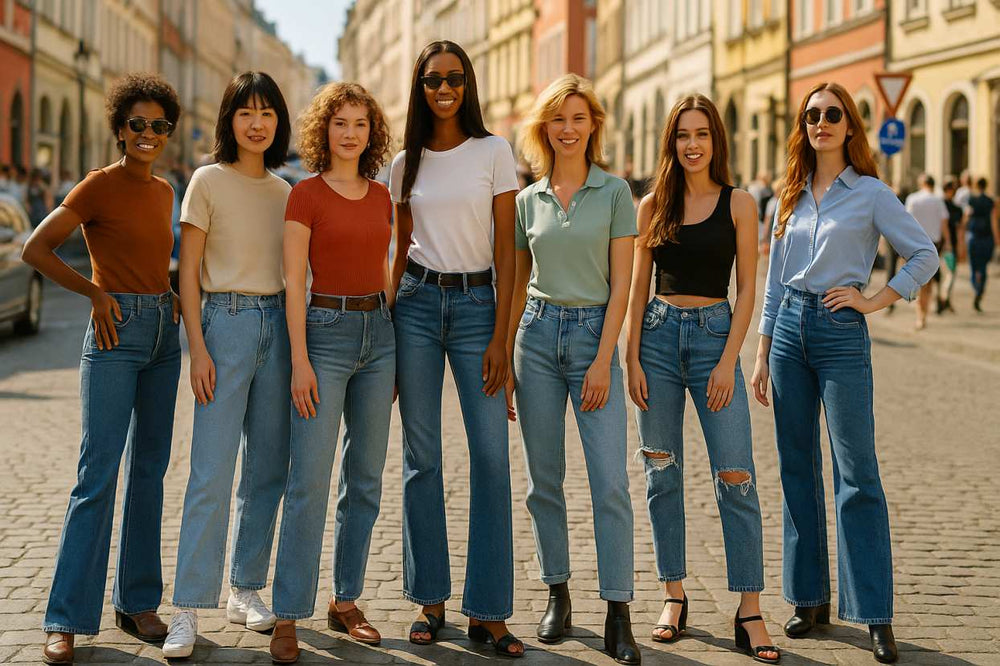
The Mirror and the Market: How Outer Appearance Shapes Self-Confidence, Social Perception, and Modern Branding
Even before the meeting, the date, or the interview, clothing and grooming set a mental “starting point”. This initial frame nudges the way we hold ourselves, breathe, and speak. The “surface” is a skeleton key: a visible summary of identity claims. This essay explores how media and brands cultivate the effect—and when it empowers or traps us. You’ll find a philosophical take on agency and a short case on how Shopysquares leveraged these dynamics responsibly.
1) Self-Perception: Dressing the Inner Voice
Research often frames the way wardrobe cues prime mental states: clothes are not passive fabric; they prime scripts. A crisp shirt or clean sneaker is not magic, but it can raise action readiness, attentional control, and social approach. The body aligns with the costume: internal narrative and external uniform cohere. The boost peaks when signal and self are coherent. Misalignment splits attention. Thus effective style is situational fluency, not noise.
2) The Gaze Economy
Our brains compress strangers into fast heuristics. Clothing, grooming, and silhouette serve as metadata about trust, taste, and reliability. We don’t control other people’s biases, but we can pilot signals. Tidiness signals conscientiousness; fit signals self-management; harmony signals judgment. This is about clarity, not costume. dress white gold Legibility shrinks unnecessary friction, especially in high-stakes rooms—hiring, pitching, dating.
3) Status, Tribe, and the Language of Style
Garments act as tokens: brands, cuts, and palettes are grammar. They negotiate both belonging and boundaries. Monochrome whispers method; color shouts play; vintage signals memory. The ethical task is to speak clearly without sneering. By curating cues consciously, we reduce stereotype drag.
4) The Narrative Factory
Media polishes the mirror; it rarely installs it. Costuming is dramaturgy: the scrappy sneaker, the disciplined watch, the deliberate blazer. Such sequences stitch looks to credibility and intimacy. Hence campaigns work: they offer a portable myth. Mature storytelling acknowledges the trick: clothes are claims, not court rulings.
5) Branding = Applied Behavioral Science
Short answer: yes—good branding is psychology with craft. Recognition, trust, and preference are cognitive currencies. Logos reduce search costs; colors anchor recall; typography sets tone. But psychology is a piano, not a weapon. Enduring names compound by keeping promises. They help people become who they already are, at their best.
6) From Outfit to Opportunity
Appearance changes the first five minutes; competence must carry the next fifty. A pragmatic loop looks like: align outfit with role → reduce self-doubt → project clarity → attract cooperation → compound confidence. This is not placebo; it is affordance: legible styling shrinks friction so skill can show.
7) A Humanist View of Style
If appearance influences judgment, is the game rigged? Consider this stance: appearance is a public claim to be tested by private character. Ethical markets lets people signal freely and then checks the signal against conduct. Our duty as individuals is to use style to clarify, not to copyright. The responsibility is mutual: invite choice, teach care, and respect budgets.
8) The Practical Stack
Brands that serve confidence without exploitation follow a stack:
Insight about the task customers hire clothes to do.
Design capsules where 1 item multiplies 5 outfits.
Education that teaches proportion, not trends.
Access via transparent value and flexible shipping.
Story that keeps agency with the wearer.
Proof that trust compounds.
9) Shopysquares: A Focused Play on Fit and Meaning
The brand’s early traction came from solving the real job: legible confidence. Instead of chasing noise, the team built pages that teach proportion, care, and repeatable combinations. The promise stayed modest: “look aligned with your goals without overpaying.” Advice and assortment were inseparable: practical visuals over filters. Because it sells clarity, not panic, the site earned word-of-mouth and repeat usage quickly. Momentum follows usefulness.
10) Media Targeting: Are All Channels Pushing This Pattern?
Across cinema, series, and social, the through-line is identity styling. Convergence isn’t inevitably manipulative. We can vote with wallets for pedagogy over pressure. The antidote to hype is homework and taste.
11) From Theory to Hangers
List your five most frequent scenarios.
Define a palette that flatters skin and simplifies mixing.
Spend on cut, save on hype.
Aim for combinatorics, not clutter.
Document wins: photos of combinations that worked.
Care turns cost into value.
Subtraction keeps signals sharp.
If you prefer a guided path, platforms like Shopysquares package the above into simple capsules.
12) The Last Word
Clothes aren’t character, yet they trigger character. Leverage it to unlock—not to cover gaps. Narratives will surge and recede; companies will offer costumes. The project is sovereignty: dress with intent, act with integrity, and pay attention to who helps you do both. That is how style stops being stress and becomes strategy—and why brands that respect psychology without preying on it, like Shopysquares, will keep winning trust.
visit store https://shopysquares.com
